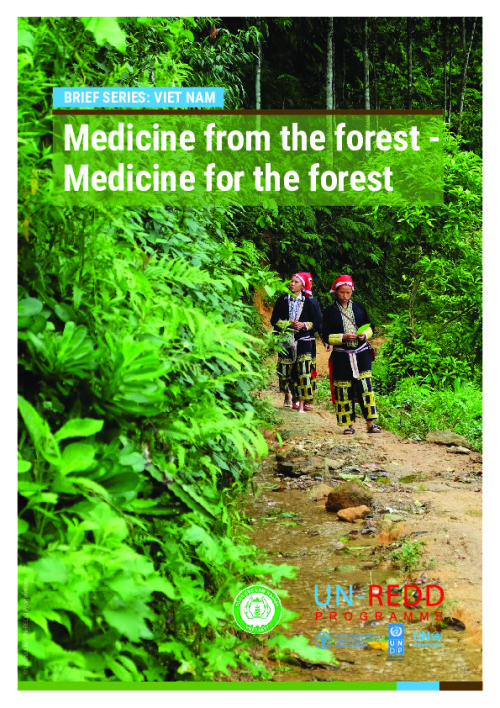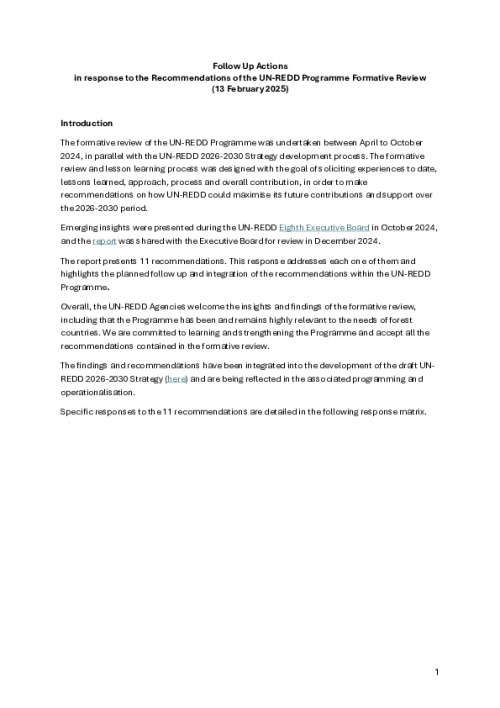Viet Nam Infobrief Series: Medicine from the forest - Medicine for the forest

Traditional therapeutic medicine in Viet Nam has a long history. Treatments based on medicinal plants are still often used in addition to, or even instead of, allopathic medicine by many Vietnamese. Viet Nam is home to an estimated 12,000 species of high-value plants, of which 10,500 have been identified. Approximately 36 percent of those are known to have medicinal properties. Herbal and aromatic plants are used to make soaps, bath solutions and medicines, such as balms for pain relief, and also supply modern pharmaceutical production chains.
Since the mid-1990s, several once-abundant medicinal plants have been threatened with extinction from over-exploitation. In this respect, Viet Nam’s experience is similar to that of many other countries in the region, such as with blueberries in Mongolia and gaharu (agarwood or aloeswood) in Indonesia in the early 1990s. In Lao Cai and neighboring provinces, many fresh and processed products are sold domestically and to the Chinese markets just across the border, and demand is growing. As a result, what used to take the women only a few hours to collect, now requires several days of searching in the forests. Although Viet Nam has tremendous potential as a grower and producer of herbal medicine, it has gone from being an exporter to an importer of medicinal materials.
Communities have become aware of the effects of forest destruction and over-exploitation and the dangers the “green goldmine” is facing. In 2017, Prime Minister Nguyễn Xuân Phúc urged government agencies and actors nationwide to develop measures to protect and promote traditional herbal medicines. He affirmed that such medicines are a treasure of the country, which can contribute to poverty reduction. He asked for solutions to tackle challenges in value and marketing chains, lower risks of extinction of many rare herbal plants, and careful use of advanced technology.
Alliances by non-government organizations (NGO), Forest Protection Departments and local pharmaceutical companies have responded to the call for action. Jointly with local people, they have developed species and area management plans, enhanced capacities and benefit flows from the forest to the people. These initiatives are supported by, and aligned with, the new Forestry Law of 2017. This Law specifically prioritizes forest allocation to ethnic communities who have customary use of forests and recognizes communities as forest owners for the first time. The alliances have also helped to set up cooperatives to assist in the marketing of products.
When the UN-REDD Viet Nam Phase II Programme launched its pilot activities in Lao Cai province, it was the “green goldmine” that connected the issues of forest carbon, local livelihoods and forest land tenure, presenting a promising formula for sustainable forest management.
Download the resource
Format: application/pdf
Size: (1.106 MB)
Size: (1.106 MB)
